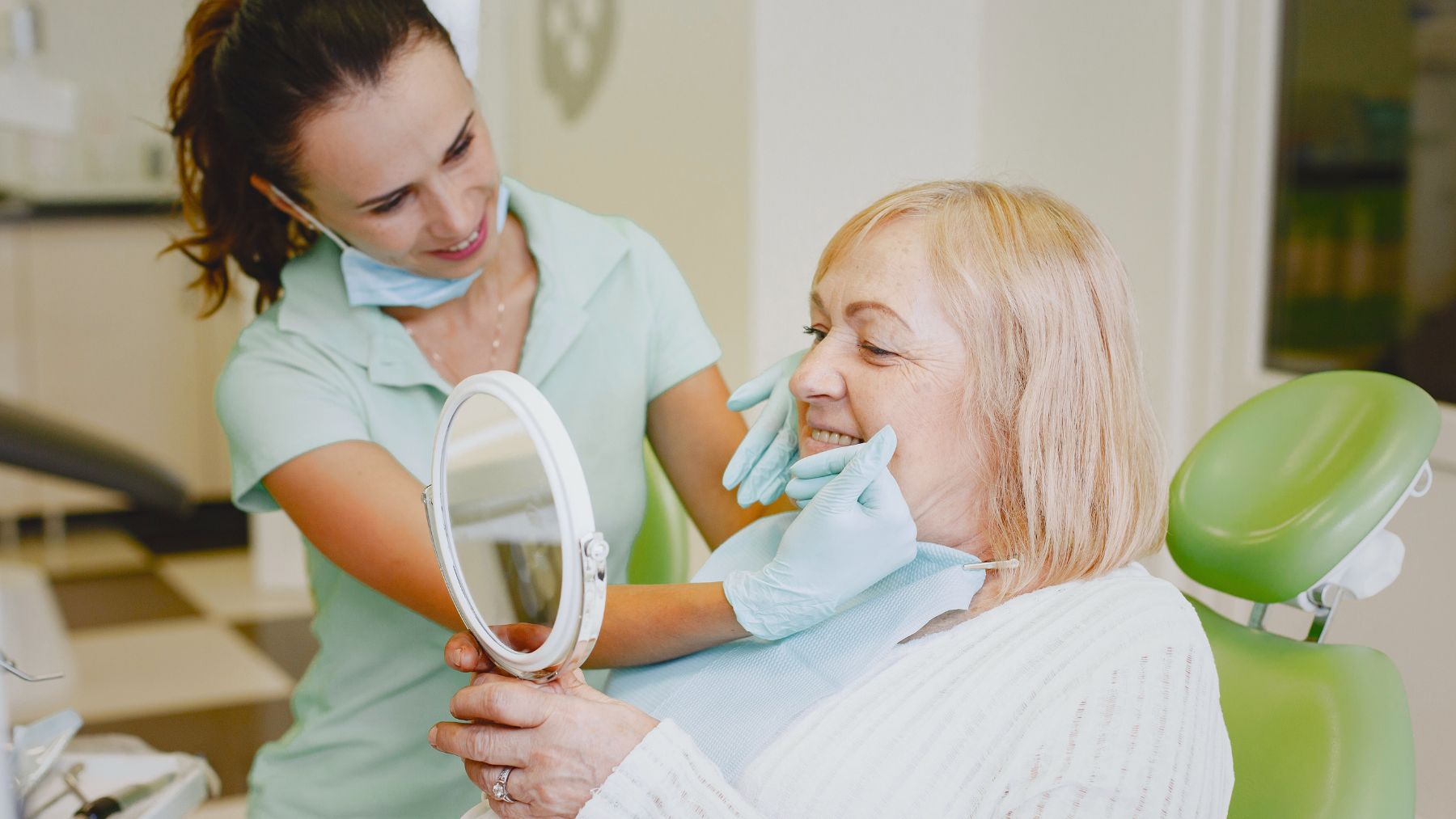Maintaining strong dental health is crucial, especially for retirees who depend on their teeth and gums for comfort and daily function. Routine dental visits allow the detection of potential problems early and prevent issues that may impact other aspects of your health. However, there is ongoing debate about the ideal frequency of these check-ups.
Here, we’ll explore how often seniors should schedule dental appointments, explain the reasoning behind Harvard’s recommendations, and share additional tips to help you keep your teeth and gums in excellent condition. Although many assume that visits should be monthly or annual, Harvard experts suggest a different approach. Let’s dive into their perspective.
Harvard’s recommended dentist visit frequency
Harvard experts have examined dental care from a broad perspective and their recommendation is based on years of research and clinical insights. These emphasize that regular visits are essential for catching issues before they escalate. After reviewing multiple studies and expert opinions, there’s a frequency that strikes a perfect balance between proactive care and practicality. Most retirees should aim for a dental check-up every six months.
This interval allows for effective monitoring of gum health, management of issues such as gingivitis, and early detection of tooth decay, all without becoming overly burdensome. It’s neither too frequent to prompt unnecessary visits nor too sparse to allow potential problems to go unnoticed.
Regular dental visits are not just for cleaning your teeth; they also serve as a vital preventive measure. During these appointments, dentists provide x-rays, professional cleanings, and thorough examinations to detect early signs of other health issues.
Dental recommendations for seniors
Seniors require a holistic approach that combines professional check-ups with a strong at-home routine. Here are some detailed recommendations to help maintain a healthy mouth:
- Adopt a consistent rinse routine: Begin by rinsing your mouth with water to loosen any food particles. After brushing, use an alcohol-free, fluoride-rich mouthwash to help prevent decay and soothe sensitivity.
- Master the art of brushing: Brush your teeth at least twice a day, ensuring you spend a full two minutes each time to thoroughly clean every tooth. Use a soft or extra-soft bristle toothbrush and choose a toothpaste that carries the American Dental Association (ADA) Seal of Acceptance. It is equally important to replace your toothbrush every three to four months.
- Floss for complete cleanliness: Do not skip flossing, as it’s the optimal method for removing plaque and food debris between teeth. Aim to floss daily, preferably after meals. If traditional flossing is challenging, consider dental picks or water flossers, which may be easier to use.
- Pay attention to your symptoms: Consult your dentist about any concerns such as dry mouth or sensitivity. Early detection can prompt effective treatments that enhance your comfort and dental health.
- Consider special tools if needed: If you have arthritis or struggle to reach your back teeth, using grip aids or switching to an electric toothbrush can make a significant difference. These tools help maintain effective cleaning without placing undue strain on your hands.
Harvard recommends scheduling dental visits every six months to catch issues early while keeping the process practical. When paired with consistent at-home habits, such as thorough rinsing, proper brushing, and daily flossing, this routine helps safeguard your smile and boost your health.

